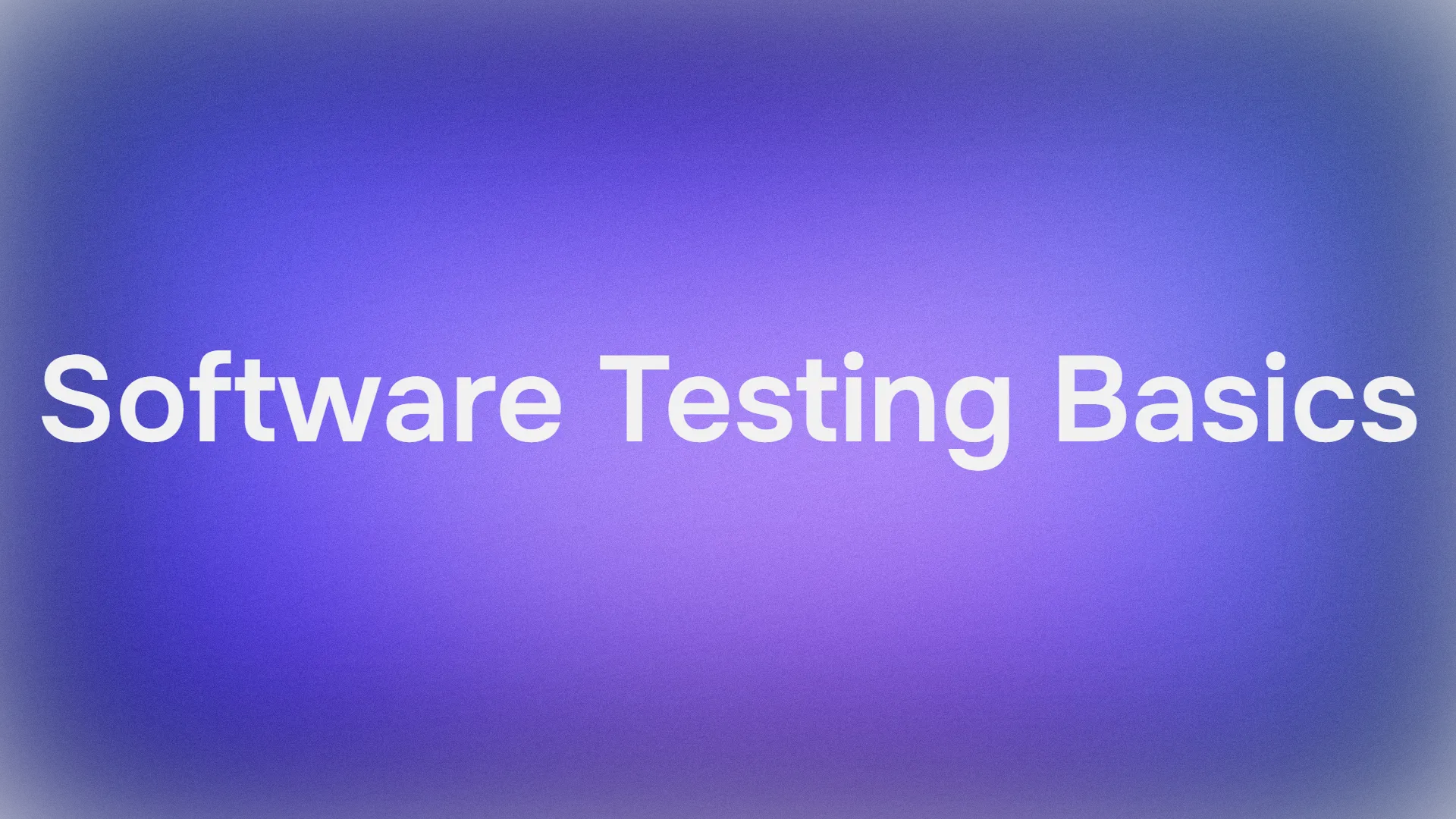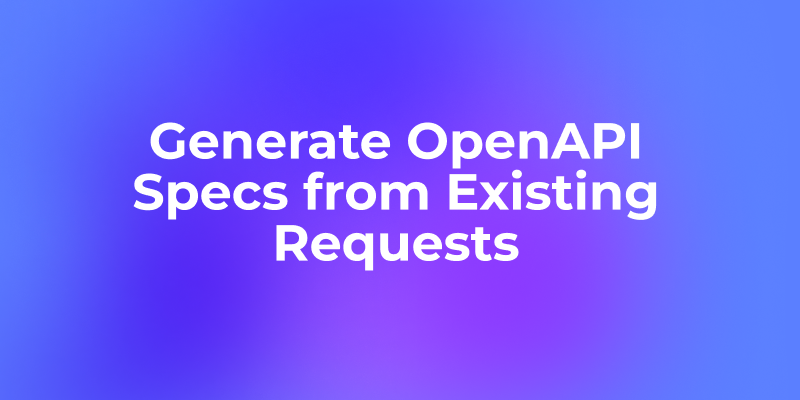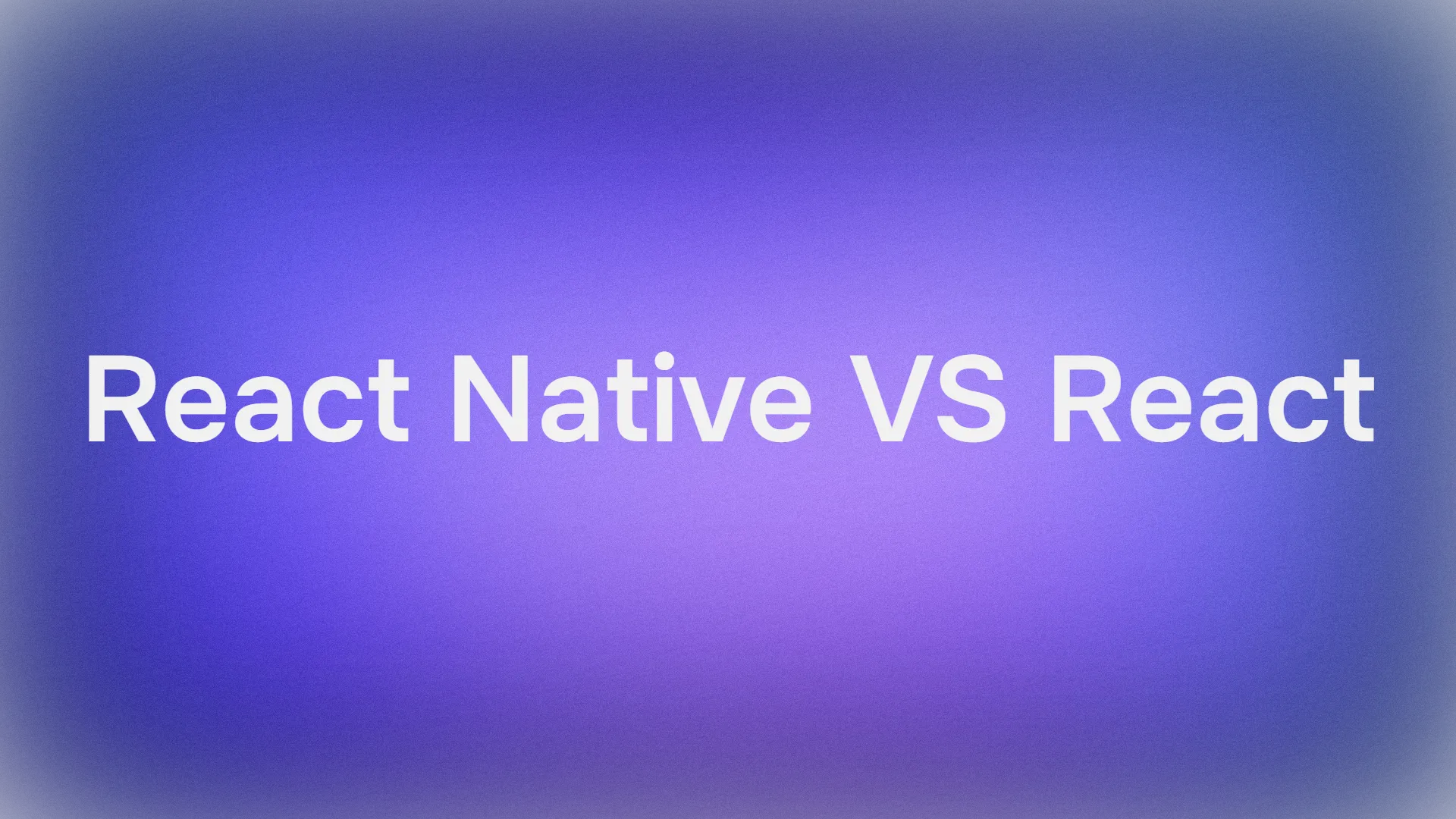Moonshot AI has released Kimi-Dev-72B, a powerful open-source large language model (LLM) designed for software engineering tasks. This model achieves a state-of-the-art 60.4% resolve rate on SWE-bench Verified, outperforming other open-source models. For developers and researchers, Kimi-Dev-72B offers a robust tool to streamline coding, debug issues, and automate software development processes.
What is Kimi-Dev-72B?
Kimi-Dev-72B is a 72-billion-parameter coding LLM developed by Moonshot AI, a Beijing-based company focused on advancing artificial intelligence through open-source innovation. Unlike general-purpose LLMs, Kimi-Dev-72B specializes in software engineering tasks, such as bug fixing, code generation, and unit test creation. Moonshot AI released this model under the MIT License, making it freely accessible on platforms like Hugging Face and GitHub. Consequently, developers worldwide can download, deploy, and contribute to its development, fostering a collaborative ecosystem.

The model leverages a transformer-based architecture, optimized through large-scale reinforcement learning (RL) and mid-training with approximately 150 billion tokens of high-quality, real-world data, including GitHub issues and pull request commits. This approach ensures Kimi-Dev-72B excels in practical coding scenarios, aligning with industry standards. For instance, its ability to autonomously patch repositories in Docker environments and validate solutions against full test suites sets it apart from competitors.
Technical Architecture of Kimi-Dev-72B
Duo Design: BugFixer and TestWriter
At the core of Kimi-Dev-72B lies a dual-component framework: BugFixer and TestWriter. These components work in tandem to address software engineering challenges. BugFixer identifies and rectifies code issues, while TestWriter generates unit tests to validate fixes. Both components follow a two-stage process: File Localization and Code Edits. During File Localization, the model pinpoints the relevant files in a repository. Subsequently, in the Code Edits phase, it implements precise changes, whether patching bugs or adding test functions.
This duo design enhances efficiency. For example, BugFixer ensures patches pass unit tests, while TestWriter creates tests that trigger assertion errors for bugs and pass when fixes are applied. By integrating these roles, Kimi-Dev-72B achieves robust performance in complex coding tasks, such as resolving GitHub issues with minimal human intervention.
Mid-Training and Data Strategy
To build Kimi-Dev-72B, Moonshot AI started with the Qwen 2.5-72B base model and enhanced it through mid-training with a carefully curated dataset. This dataset, comprising millions of GitHub issues and pull requests, enables the model to learn how human developers reason through coding challenges. Strict data decontamination ensures no overlap with SWE-bench Verified repositories, maintaining evaluation integrity.
The mid-training phase, involving ~150B tokens, strengthens Kimi-Dev-72B’s prior knowledge of bug fixes and unit test creation. Furthermore, supervised fine-tuning (SFT) refines its File Localization capabilities, allowing the model to navigate large codebases accurately. This data-driven approach underpins the model’s ability to handle real-world software engineering tasks effectively.
Reinforcement Learning and Test-Time Self-Play
Kimi-Dev-72B’s performance benefits significantly from large-scale reinforcement learning. During RL training, the model tackles thousands of issue resolution tasks, receiving rewards only when the entire test suite passes. This rigorous process ensures that generated patches are both correct and robust. Additionally, Kimi-Dev-72B employs a test-time self-play mechanism, where BugFixer and TestWriter collaborate to generate up to 40 patch candidates and 40 test candidates per issue. This iterative approach enhances accuracy, as the model refines its outputs through self-evaluation.
The RL pipeline leverages Moonshot AI’s scalable internal agent infrastructure, enabling efficient training across diverse tasks. As a result, Kimi-Dev-72B achieves a 60.4% resolve rate on SWE-bench Verified, surpassing the previous open-source leader and approaching the performance of closed-source models like Gemini 2.5 Pro.

Performance Metrics and Benchmark Results
Kimi-Dev-72B sets a new benchmark for open-source coding LLMs. On SWE-bench Verified, a rigorous evaluation framework for software engineering tasks, it achieves a 60.4% resolve rate, outperforming other open-source models and trailing only top-tier closed-source models. This metric reflects the model’s ability to resolve real-world coding issues, such as bugs in open-source repositories, with high accuracy.

For comparison, posts on X highlight Kimi-Dev-72B’s dominance, noting its ability to “outperform models 10x larger in size” and achieve results “just behind Gemini 2.5 Pro”. However, some community experiments, such as those using OpenHands, report lower accuracy (17%) due to differences in agentic versus agentless evaluation harnesses. This discrepancy underscores the importance of standardized testing environments to ensure consistent performance metrics.
Practical Applications of Kimi-Dev-72B
Automating Software Development
Kimi-Dev-72B excels in automating repetitive software development tasks. For instance, it can generate clean, well-documented Python code for complex requirements, such as creating a class for an Aircraft with attributes like tail number, aircraft type, cruising speed, and max range. The model includes type hints and docstrings, adhering to best practices for code quality. This capability reduces development time and minimizes errors, making it valuable for both novice and experienced developers.
Moreover, Kimi-Dev-72B can autonomously patch repositories in Docker environments, ensuring compatibility with real-world workflows. By validating patches against full test suites, it guarantees robust solutions, making it a reliable tool for continuous integration and deployment (CI/CD) pipelines.
Enhancing Developer Productivity
Developers can leverage Kimi-Dev-72B to streamline debugging and testing processes. The TestWriter component generates unit tests that align with project requirements, reducing the manual effort required to ensure code reliability. Additionally, the model’s ability to process large codebases and localize files enhances its utility in large-scale projects, where manual navigation can be time-consuming.
For example, a developer working on a Python project can use Kimi-Dev-72B to identify and fix bugs in a specific module. The model not only suggests the correct file but also provides precise code edits, complete with explanatory comments. This feature is particularly useful for open-source contributors who need to address issues in unfamiliar repositories.
Supporting Research and Innovation
As an open-source model, Kimi-Dev-72B encourages community contributions, fostering innovation in AI-driven software development. Researchers can access the model’s weights, source code, and technical report (forthcoming) on Hugging Face and GitHub. This transparency enables experimentation with new training techniques, fine-tuning methods, and applications, such as integrating Kimi-Dev-72B into specialized IDEs or CI/CD tools.
Furthermore, Moonshot AI’s commitment to open science aligns with the broader AI community’s goals. By releasing Kimi-Dev-72B under the MIT License, the company invites developers and researchers to build upon its foundation, potentially leading to advancements in areas like automated code review and AI-assisted pair programming.
Getting Started with Kimi-Dev-72B
Installation and Setup
Deploying Kimi-Dev-72B is straightforward, thanks to its availability on Hugging Face and GitHub. Below is a step-by-step guide to set up the model locally:
Clone the Repository:
git clone https://github.com/MoonshotAI/Kimi-Dev.git
cd Kimi-Dev
Create a Virtual Environment:
conda create -n kimidev python=3.12
conda activate kimidev
Install Dependencies:
pip install -e .
pip install vllm --extra-index-url https://download.pytorch.org/whl/cu128
Download Preprocessed Data (optional, for SWE-bench tasks):
Download the swebench_repo_structure.zip file from the GitHub repository and unzip it to streamline repository processing.
Load the Model:
Use the following Python code to load Kimi-Dev-72B and generate responses:
from transformers import AutoModelForCausalLM, AutoTokenizer
model_name = "moonshotai/Kimi-Dev-72B"
model = AutoModelForCausalLM.from_pretrained(model_name, torch_dtype="auto", device_map="auto")
tokenizer = AutoTokenizer.from_pretrained(model_name)
prompt = "Write a Python function to calculate Fibonacci numbers."
messages = [
{"role": "system", "content": "You are a helpful assistant."},
{"role": "user", "content": prompt}
]
text = tokenizer.apply_chat_template(messages, tokenize=False, add_generation_prompt=True)
model_inputs = tokenizer([text], return_tensors="pt").to(model.device)
generated_ids = model.generate(**model_inputs, max_new_tokens=512)
response = tokenizer.batch_decode(generated_ids, skip_special_tokens=True)[0]
print(response)
This setup enables developers to integrate Kimi-Dev-72B into their workflows, whether for code generation, debugging, or testing.
API Integration with Apidog
To maximize Kimi-Dev-72B’s potential, developers can integrate it into API-driven workflows using tools like Apidog. Apidog simplifies API testing, documentation, and monitoring, allowing seamless interaction with Kimi-Dev-72B’s capabilities. For example, you can create API endpoints to send coding queries to the model and receive generated code or bug fixes in real time.

Challenges and Limitations
While Kimi-Dev-72B excels in many areas, it has limitations. The model’s performance can vary depending on the evaluation harness, as noted in community feedback on X. Agentic frameworks, which involve iterative interactions, may yield different results compared to agentless setups, highlighting the need for standardized testing protocols.
Additionally, Kimi-Dev-72B’s 72-billion-parameter size requires significant computational resources, potentially limiting accessibility for developers with constrained hardware. Moonshot AI plans to address this by optimizing future versions for efficiency, potentially through quantization techniques like Q4 or FP8, as suggested by community discussions.
Conclusion
Kimi-Dev-72B represents a significant advancement in open-source coding LLMs. Its 60.4% resolve rate on SWE-bench Verified, coupled with its innovative BugFixer and TestWriter framework, positions it as a powerful tool for developers and researchers. By automating complex software engineering tasks, enhancing productivity, and fostering community collaboration, Kimi-Dev-72B paves the way for a new era of AI-driven development.
To get started, download Kimi-Dev-72B from Hugging Face or GitHub and explore its capabilities. For seamless API integration, try Apidog to streamline your workflow. As Moonshot AI continues to innovate, Kimi-Dev-72B stands as a testament to the potential of open-source AI to transform software development.




